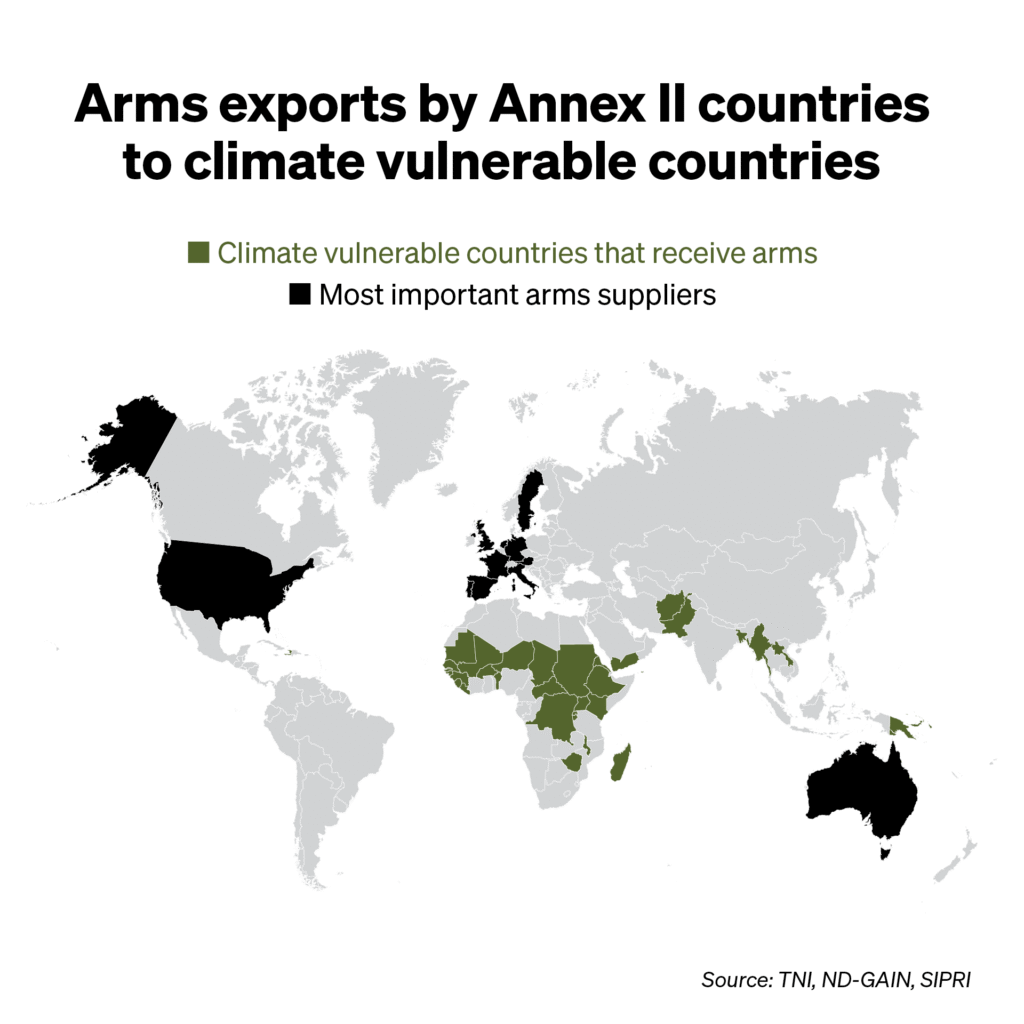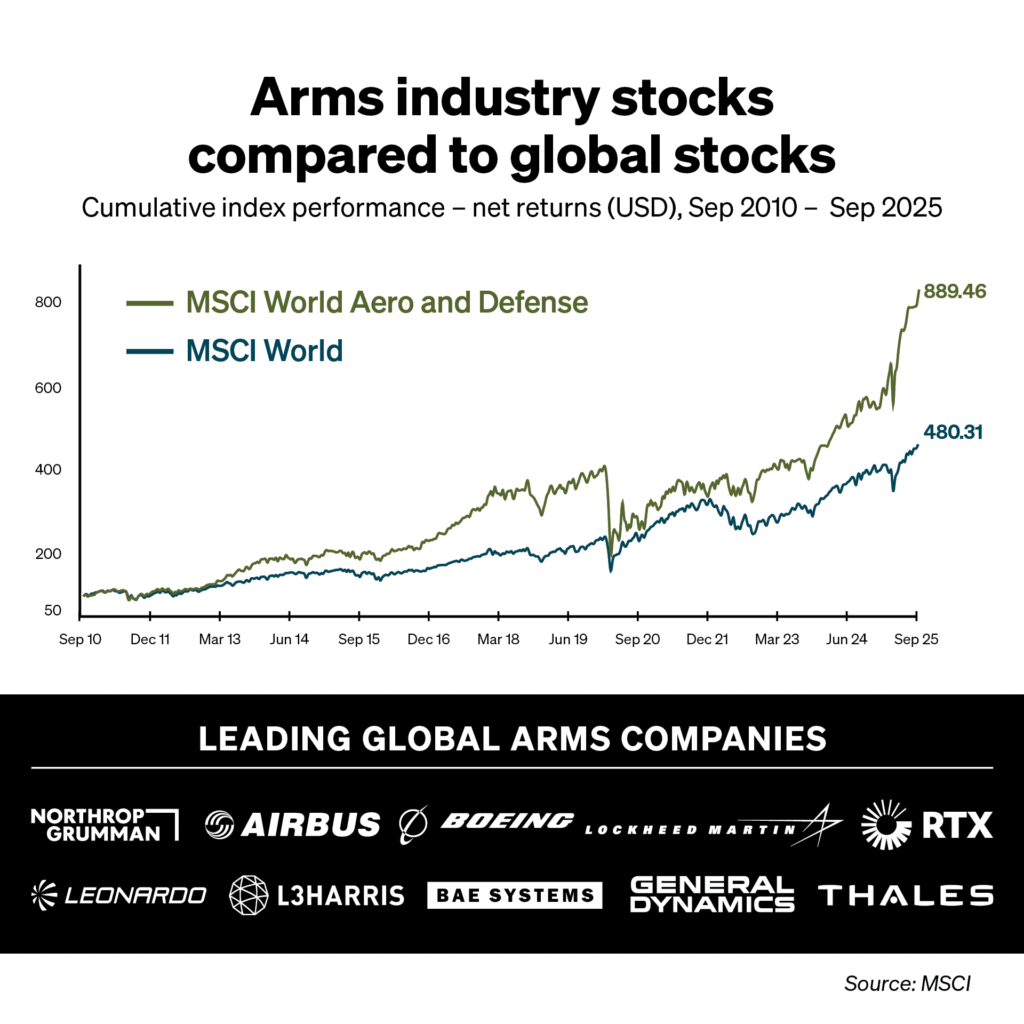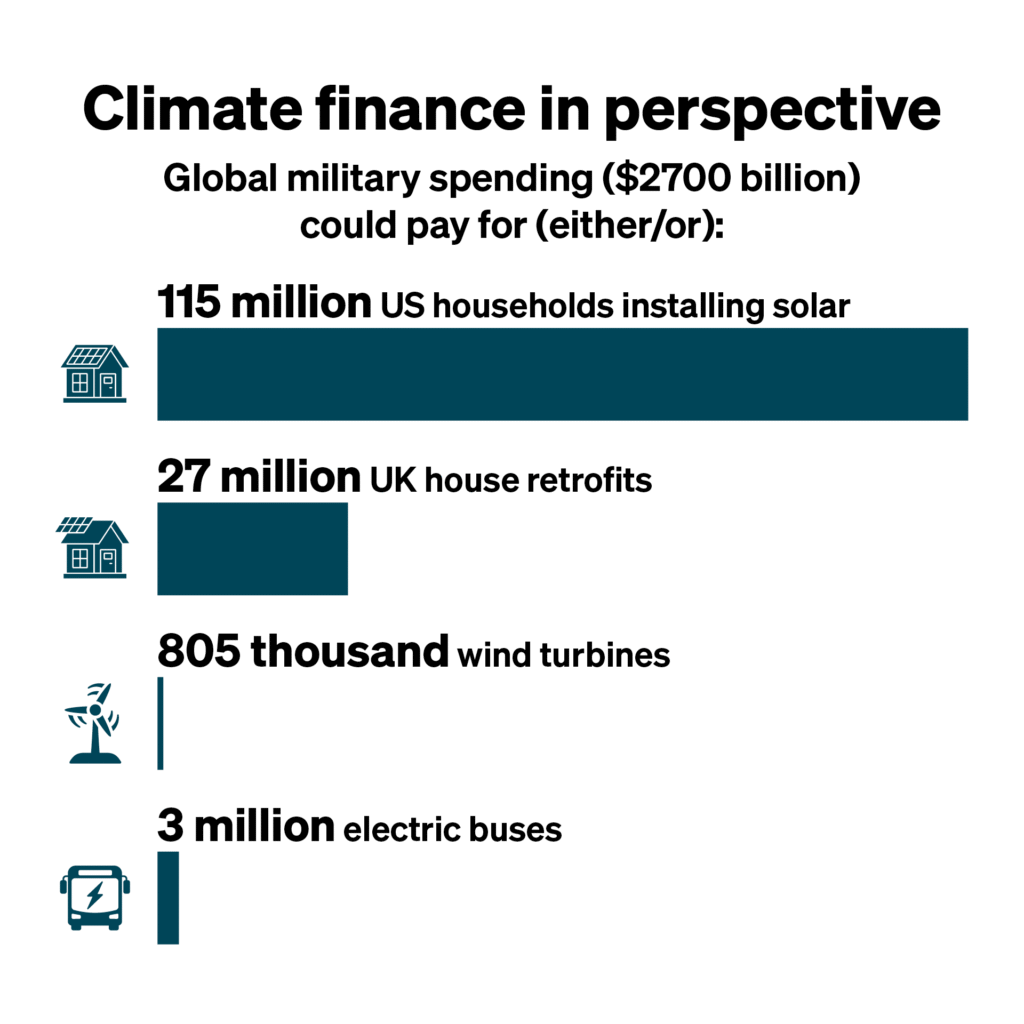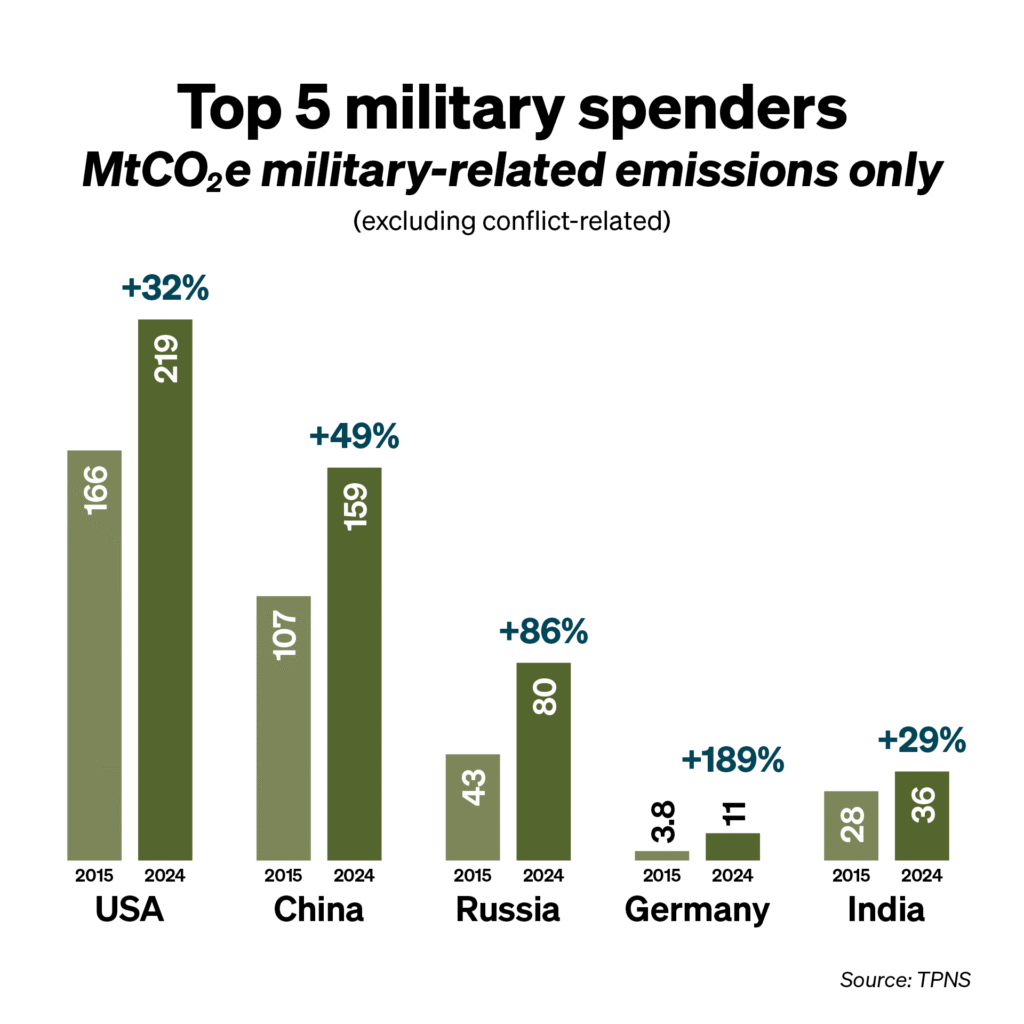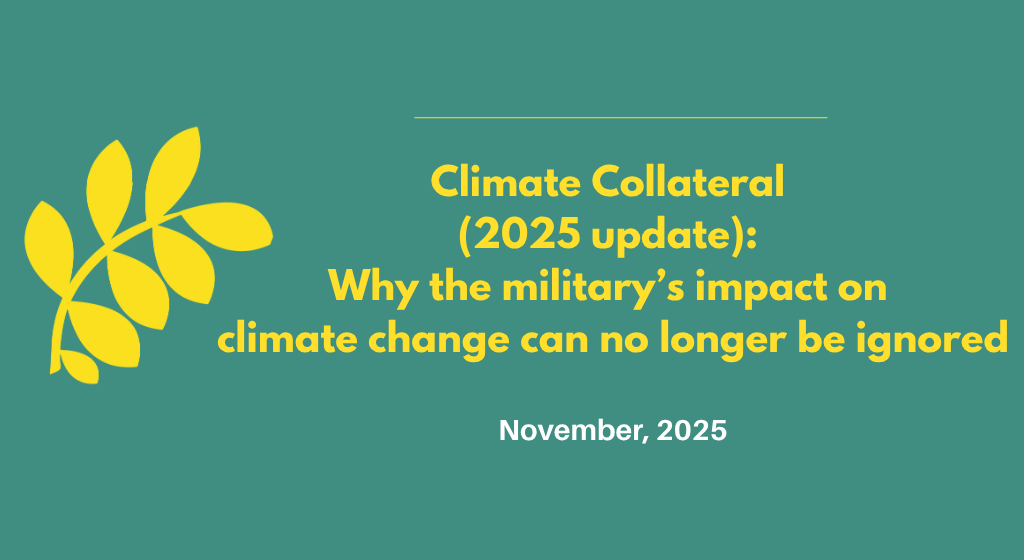The Core Conflict: Military Spending vs. Climate Action
The global arms race is overshadowing the urgent struggle for climate justice, even as temperatures hit record highs. In 2024, global military expenditure surpassed $2.7 trillion, a sum that fuels significant greenhouse gas emissions, drains essential resources from climate initiatives, and escalates the geopolitical tensions that hinder multilateral climate cooperation. A mere 5% reallocation of this military spending would yield $135 billion—more than enough to meet the long-overdue $100 billion global climate finance target.
The Staggering Scale of Military Emissions
The world’s militaries are estimated to contribute approximately 5.5% of total global greenhouse gas emissions. This figure exceeds the total emissions of Japan and is double that of the worldwide civil aviation sector. Alarmingly, no country is mandated to report its military emissions, creating a major accountability gap. In 2024, the combined military emissions of NATO, China, and Russia reached an estimated 551 million metric tonnes of CO2 equivalent—more than the annual emissions from 300 million cars.
The Vicious Cycle: Top Emitters are Top Military Spenders
The largest historical GHG emitters are also the biggest military spenders, a correlation that is not coincidental but rooted in the intertwined history of fossil fuel expansion and military power. Global military spending has grown by 37% in the last decade, with the top five spenders (US, China, Russia, Germany, India) showing increases ranging from 18.8% to 101.3% from 2015 to 2024. This growth is set to continue, with NATO’s recent commitment for members to spend 5% of GDP on the military potentially doubling expenditures to $19 trillion between 2025-2030 and generating an additional 840 million tonnes of emissions.
Diverting Resources from a Just Transition
While climate finance falls short, military spending soars. The $2.7 trillion global military budget in 2024 could instead fund a monumental green transition, paying for 115 million US household solar installations, 27 million UK house retrofits, or 805,000 wind turbines. Meanwhile, the richest nations are exporting weapons to the world’s 40 most climate-vulnerable countries, fueling conflicts in regions like the Sahel instead of providing the necessary finance to cope with climate impacts.
Check the full publication here by TNI and Tipping Point: https://www.tni.org/en/publication/climate-collateral-2pagebriefing
